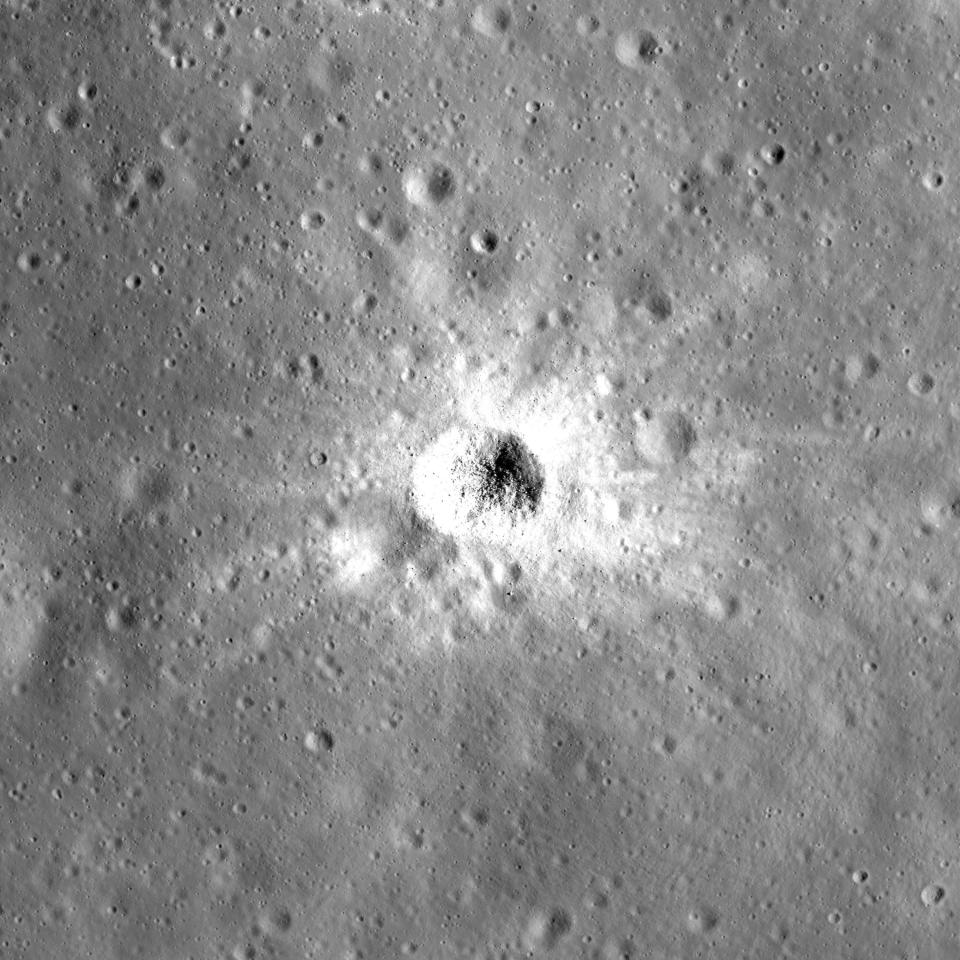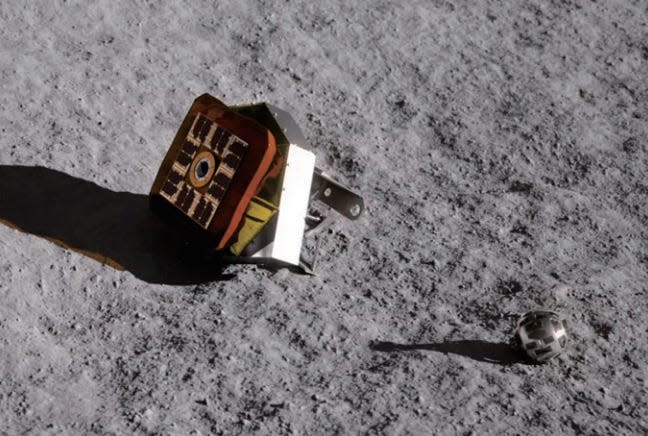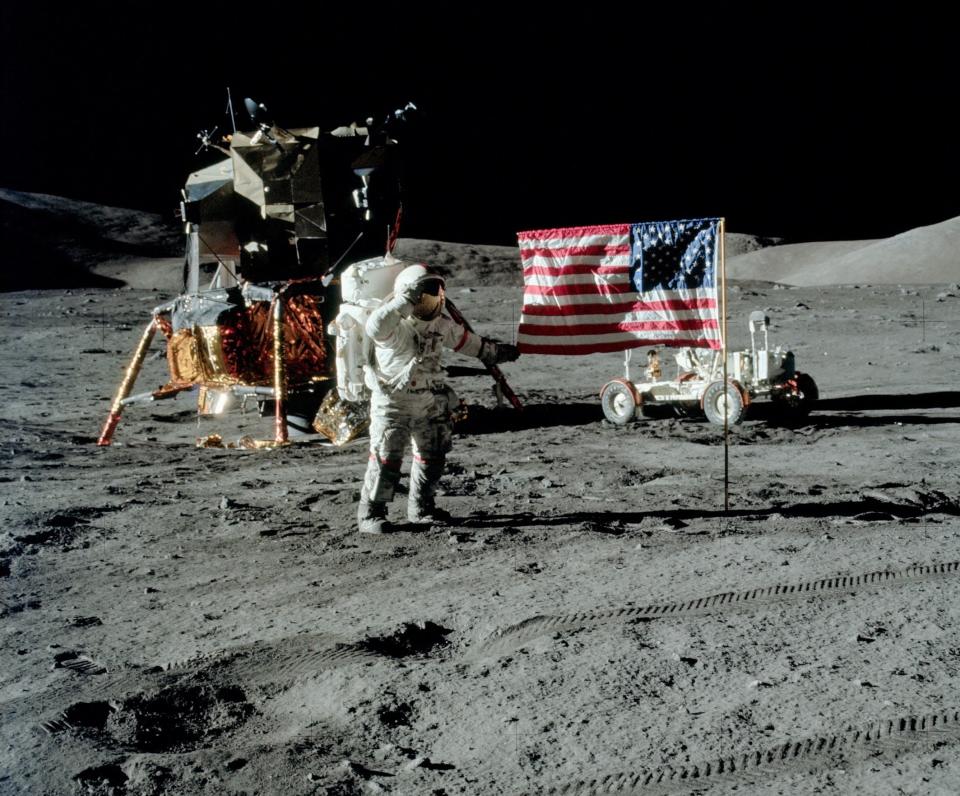-
Japan is weeks away from trying to land its SLIM spacecraft on the moon.
-
If SLIM is successful, it will be the first Japanese spacecraft to land on the moon.
-
And Japan would be the third country, behind China and India, to land on the moon this century.
On Monday, the Japan Aerospace Exploration Agency announced that the lander SLIM had reached a critical milestone in its historic mission: The spacecraft began orbiting the moon.
Over the next few weeks, SLIM – short for Smart Lander for Investigating Moon – will tighten its orbit, inching closer to the moon’s surface.
Then, on January 19, 2024, the nation plans to attempt what few other nations have achieved before.
Japan will attempt to land a SLIM on the lunar surface, cementing the country’s place in the history books as the third country to soft land on the moon in the 21st century. The other two countries are China and India.


When it comes to the modern moon race, the United States is lagging behind, until now.
Japan’s historic moon mission
If Japan succeeds in January, SLIM will become the first Japanese spacecraft in history to soft land on the moon.
Japan has sent a few colliders and orbiters to the moon in the past, but this is the first time the nation has sent a lander with rover-like probes to explore the lunar surface in unprecedented detail.


You heard that right, probes — plural. SLIM is carrying two small lookouts on board. If all goes according to plan, they will deploy from the lander after touchdown to explore the surface beyond the landing point.
One probe uses a hopping mechanism and the other is like a sphere and changes shape to move around, according to VOA news.


What makes this mission even more historic is where Japan is trying to get to.
The spacecraft is targeting an impact crater on the moon called the Shioli crater, and Japan plans to land SLIM within 328 feet of its target. That’s an “unprecedented high-precision landing,” JAXA, Japan’s space agency, said earlier this month.
For comparison, NASA’s Apollo 17 module landed more than 80 miles from its target, while India’s Chandrayaan-3 lander had a target window of more than 3.8 square miles.
Missions such as Japan’s SLIM, India’s Chandrayaan-3, and China’s Chang’e 3, 4, and 5 are pushing the boundaries of what a moon landing might look like in the 21st century.
That leaves the US towards the back of the pack.
The US has not landed on the moon since 1972


The last time the US landed something on lunar soil was Apollo 17 astronauts Harrison Schmitt – the first scientist on the moon – and Eugene Cernan – the last man to walk on the moon.
In the intervening years NASA has crashed several spacecraft into the lunar surface and sent others into lunar orbit.
But when it comes to landing on the moon and exploring its surface in unprecedented detail – NASA has left that to other space agencies to handle, at least for now.
To be fair, it’s not like NASA isn’t making huge strides in space exploration. Over the years, NASA has landed more rovers on Mars than India and China have landed on the moon, combined.
Moreover, NASA aims to catch up with other countries in the modern moon race in a big way very soon.
NASA’s Artemis program plans to land the first humans near the moon’s south pole in 2025 and achieve sustainable lunar exploration by the mid- to late-20s.


But NASA’s Artemis program has already been delayed for a variety of reasons, many related to the added complexities and costs of crewed missions.
Meanwhile, the main theme emerging from the recent modern moon race is building on a budget. Both Japan and India have focused on building small, lightweight spacecraft to help keep costs down.
Japan’s SLIM weighs 1,540 pounds (with fuel) and cost about $120 million to develop. India’s Chandrayaan-3 lander weighed nearly 3,750 pounds and cost $75 million.
Will the US catch up, or will budgetary constraints, politics and technical issues continue to hold the nation back?
Read the original article on Business Insider